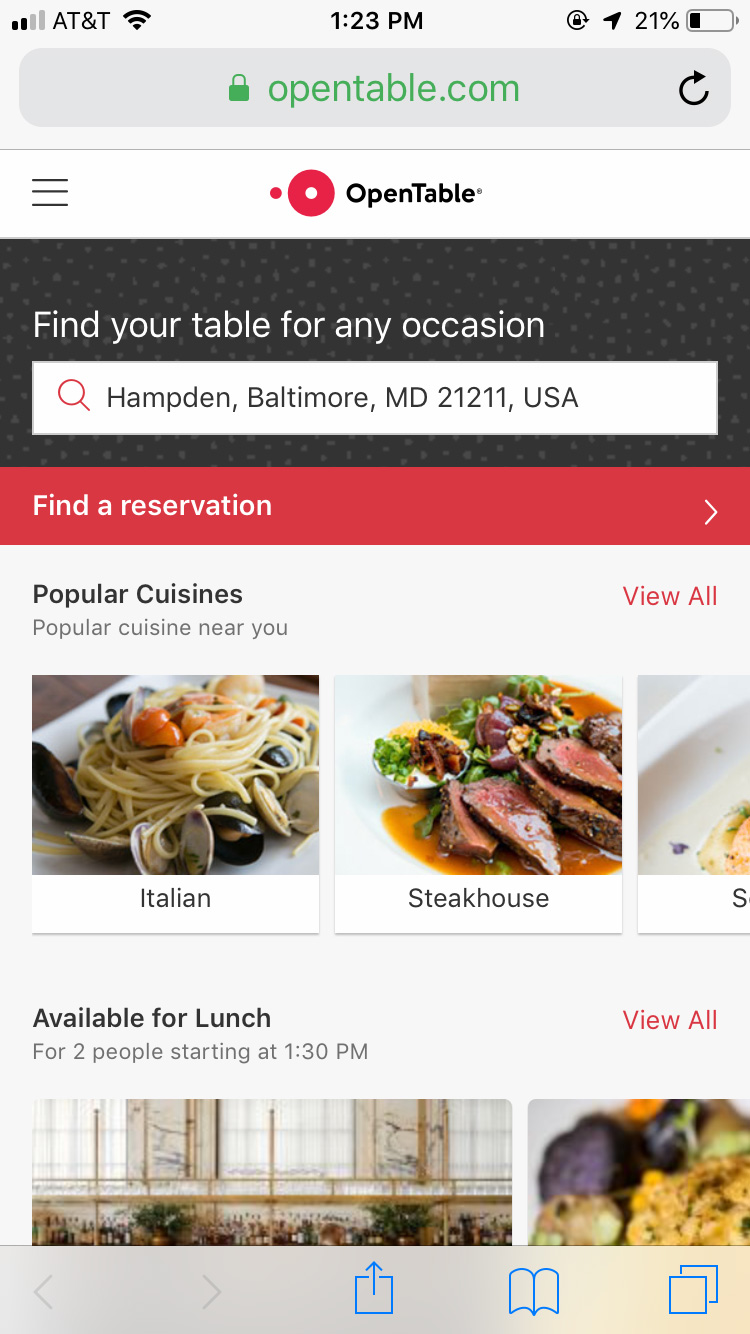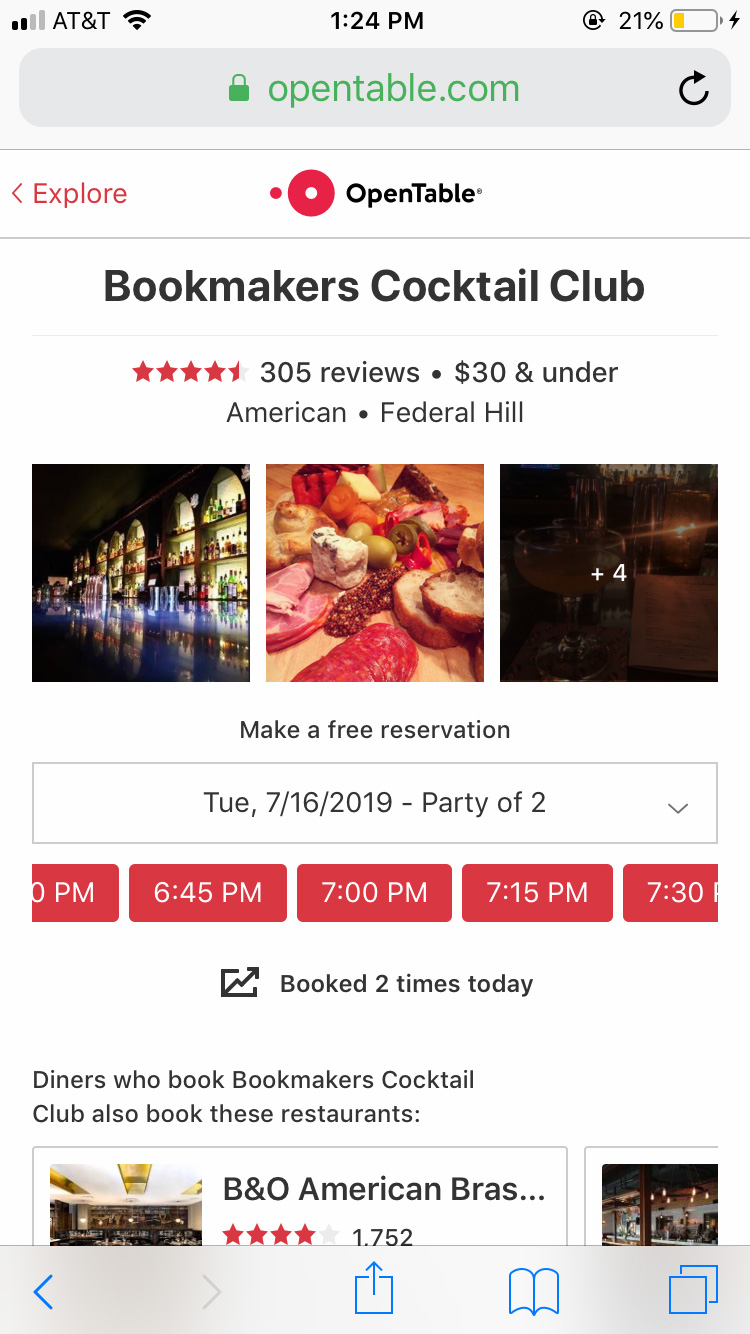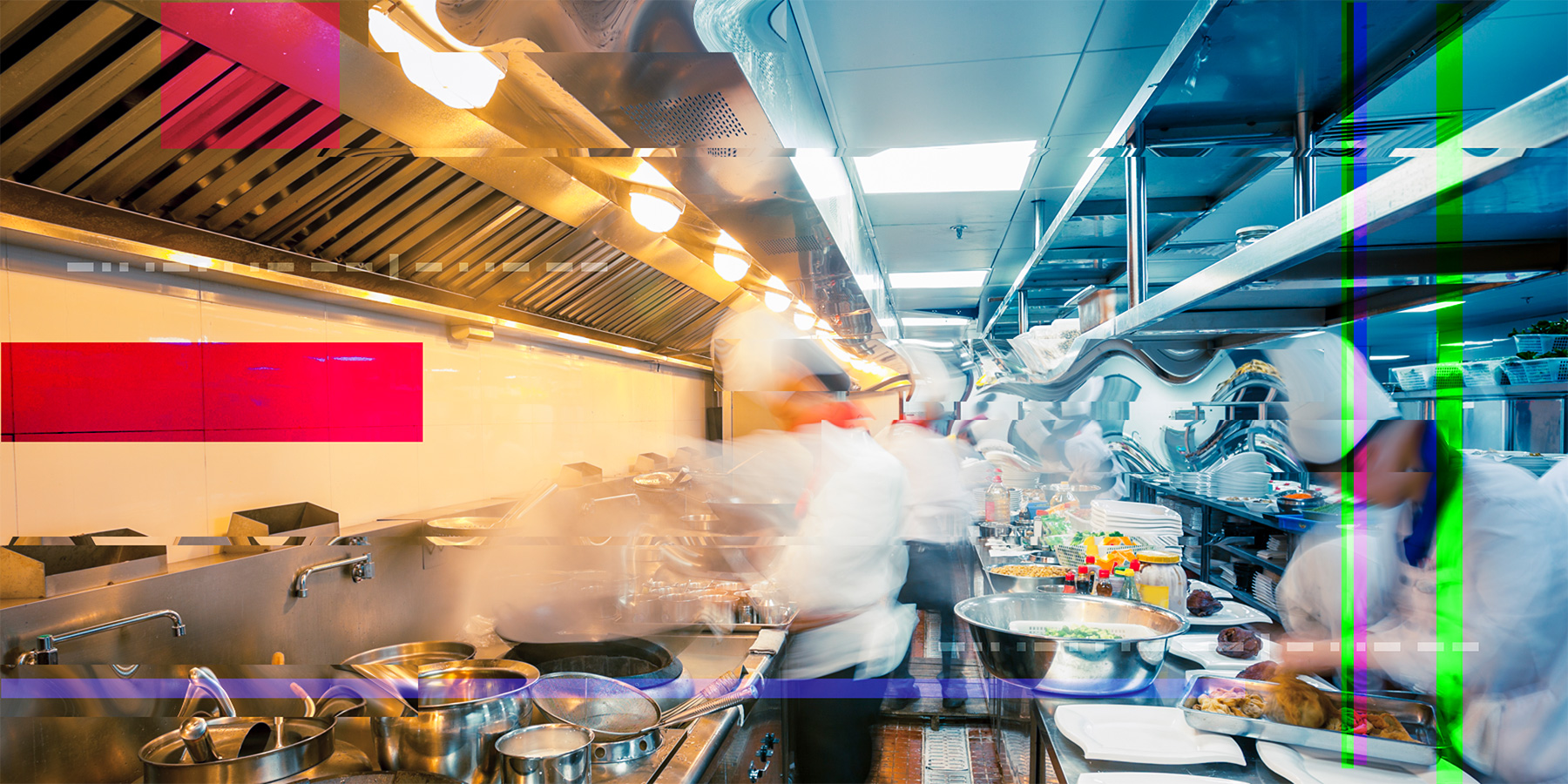Matt DeVille, VP of Digital, breaks down the meaning of B2B2C marketing, how it came to be, and why it’s so important to make a mindset shift from B2B to B2B2C (hint: it’s all about experiences).
What I Mean When I Say B2B2C Marketing
Ready to deconstruct some marketing acronyms? Sure you are! I promise you already know two of them: B2B and B2C. But what is the meaning of B2B2C and why should it influence how you market your B2B enterprise?
First, let’s talk acronyms. After that, we’ll talk about implications and deviations.
B2C
You know this one, but let’s be blunt: B2C businesses sell services and products to consumers (you and me). Starbucks sells us coffee and food. Netflix sells us content—anytime access to the shows and movies we love. B2C businesses are the businesses that we, as consumers, interact with every day.
B2B
This one is simple too, but it’s one step removed for many of us: B2B businesses sell services and products to businesses. Think of an office supply company selling printer paper to a business. That’s the old school example. Also, think Comcast Business selling small business internet access to an independent architecture studio. B2B businesses are the businesses from which companies receive their goods and services. Note: many, if not most, B2B businesses are not known by consumers because consumers do not directly interact with them (do you know the company from which your favorite store sends its promotional emails? Likely not).
Disclaimer: B2C or B2B?
It’s important to note that some companies straddle the line between B2B and B2C by nature. For example, Uber is thought of as a transportation company for consumers, but they also provide tailored transportation services to businesses and their unique business needs. Businesses, like the humans who run them, are allowed to be complex. Complexity makes life interesting.
B2B2C
It’s getting convoluted right? Let’s make it simple: B2B2C businesses sell to businesses that sell to consumers. That’s the strictest definition. Here’s an everyday example: OpenTable, an online restaurant reservation system, markets to restaurateurs as the best all-encompassing online reservation system for their restaurant (that’s the B2B part). The restaurant then, in turn, markets the complete dining experience (supported by the benefits of OpenTable) to its customers (that’s the B2C part).
[grid additional_classes=”u-margin-top–extinct u-margin-bottom–small”]
[grid_column initial_width=”6″ md_width=”6″ lg_width=”6″ width=”6″ additional_classes=”o-scroll-animation o-scroll-animation–fade-up js-scroll-animation”]

OpenTable addresses consumers needs in a no-nonsense way.
[/grid_column]
[grid_column initial_width=”6″ md_width=”6″ lg_width=”6″ width=”6″ additional_classes=”o-scroll-animation o-scroll-animation–fade-up js-scroll-animation”]

Reserving a table is simple.
[/grid_column]
[/grid]
So what makes OpenTable a B2B2C business rather than both a B2B business and a B2C business? OpenTable does, after all, market directly to consumers. Here’s the answer: OpenTable is ultimately a product created to make the lives of consumers better, but it has to be used by a business for it to exist.
Here’s what OpenTable would look like if it were simply a B2B company. Their value statement to businesses may look like this: “OpenTable is an online platform for your restaurant that manages reservations and organizes your restaurant floor.” Clear and simple: it states what the product does for the business. That’s it.
Here’s what OpenTable actually says: “Connect with guests both inside and out of the restaurant, build tailored guest experiences, manage operations and leverage insights to grow your business.” See the difference? It sells the product by prioritizing what’s important to the success of the business: the customer experience.

OpenTable executes B2B2C marketing by coupling an impressive statistic with an image of what every restaurateur wants: a busy and vibrant dining room, bustling with activity.
For OpenTable to become the preferred choice of consumers, it had to first sell its product to businesses with the needs of that business’s customer front and center.
B2B Buyers Have Evolved (And so Should Your B2B Marketing)
Speaking of customers: check this out from Think with Google (okay, it’s an older article, as things go, but it’s still incredibly relevant). B2B buyers are getting younger, which means they demand smart marketing from the businesses selling to them (just like the smart B2C marketing they see every day on Instagram, in pop-up shops on the sidewalk, and in the content they read on a multitude of channels).
What does this smart marketing look like?
- It’s Human
Start with emotions and end with facts. Long lists of features don’t cut it with this crowd. - It Takes Risks
Historically, B2C marketing has outpaced B2B marketing in terms of aesthetics. The days of thinking of B2B marketing as somehow needing to be more conservative are over. At least, they should be over. - It’s Mobile
The new generation of B2B buyers relies on their mobile devices. We say this all the time, but it bears repeating: don’t neglect mobile (in fact, think mobile first). - It Solves Problems
Tell anyone how your product or service will make life easier and you’re on the way to a conversion. Remember, be human, speak in human terms, connect with people and you’ll be appealing to emotions. - It Goes Beyond the Product or Service
People are looking for a holistic experience. Since we are being human, how will your offering entice the buyer? This is a matter of creating an experience—from the first search results to the ongoing support you offer—that makes the person feel valued.
B2B2C Marketing: Experiences Rule the World
We believe in the overwhelming power of well designed, thoughtful experiences, and that’s exactly what B2B2C marketing prioritizes. What’s exciting about the current and future marketplace for B2B is that the consumers, previously labeled as the second B are now being recognized as B2P (people) or B2H (humans). This means you should market just as artfully and thoughtfully as a consumer brand. Get excited about your offering, work with designers who give a damn (and aren’t afraid to think in human terms), and start connecting with real people.
Have you listened to our new marketing podcast, The Design of Experience yet? If you liked this article, you should give it a go!

